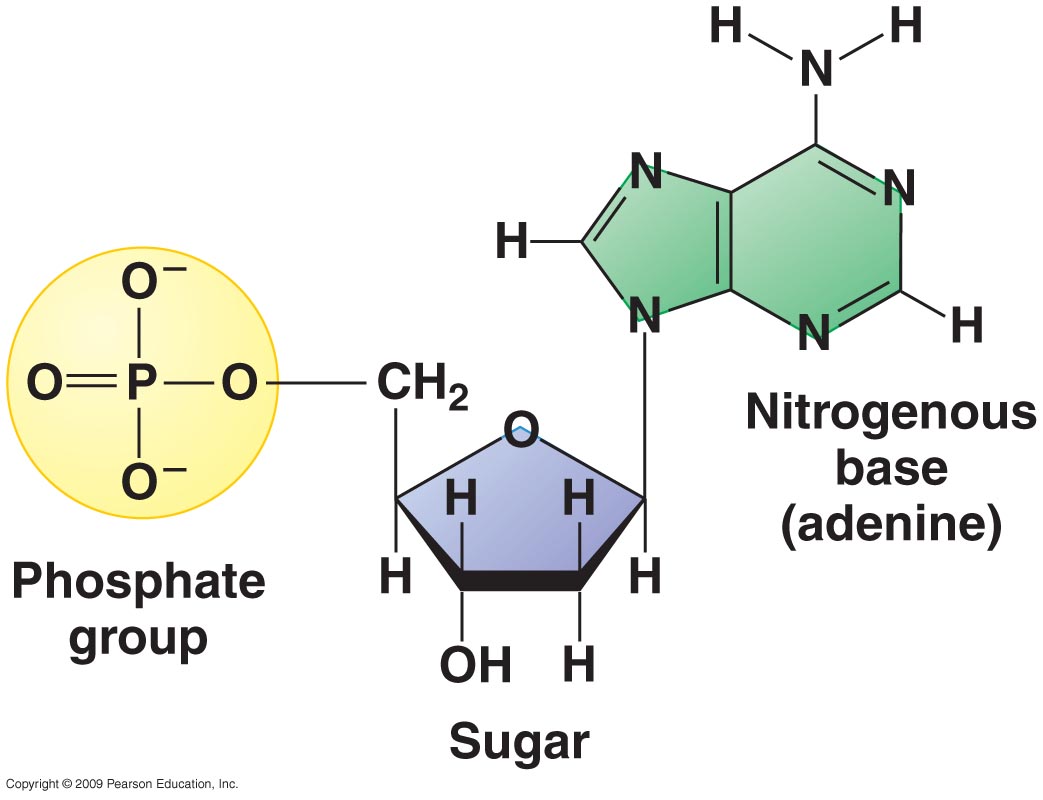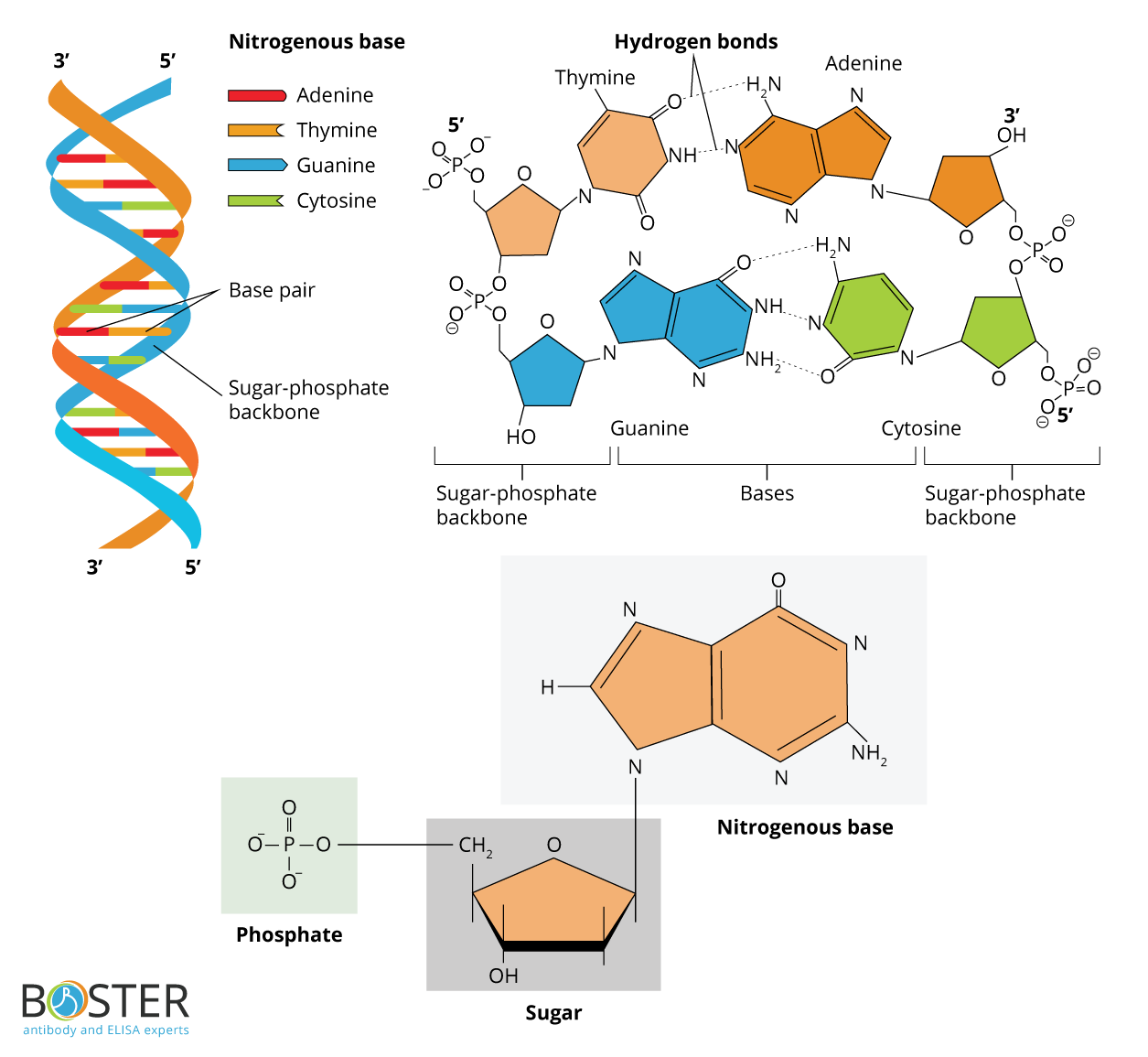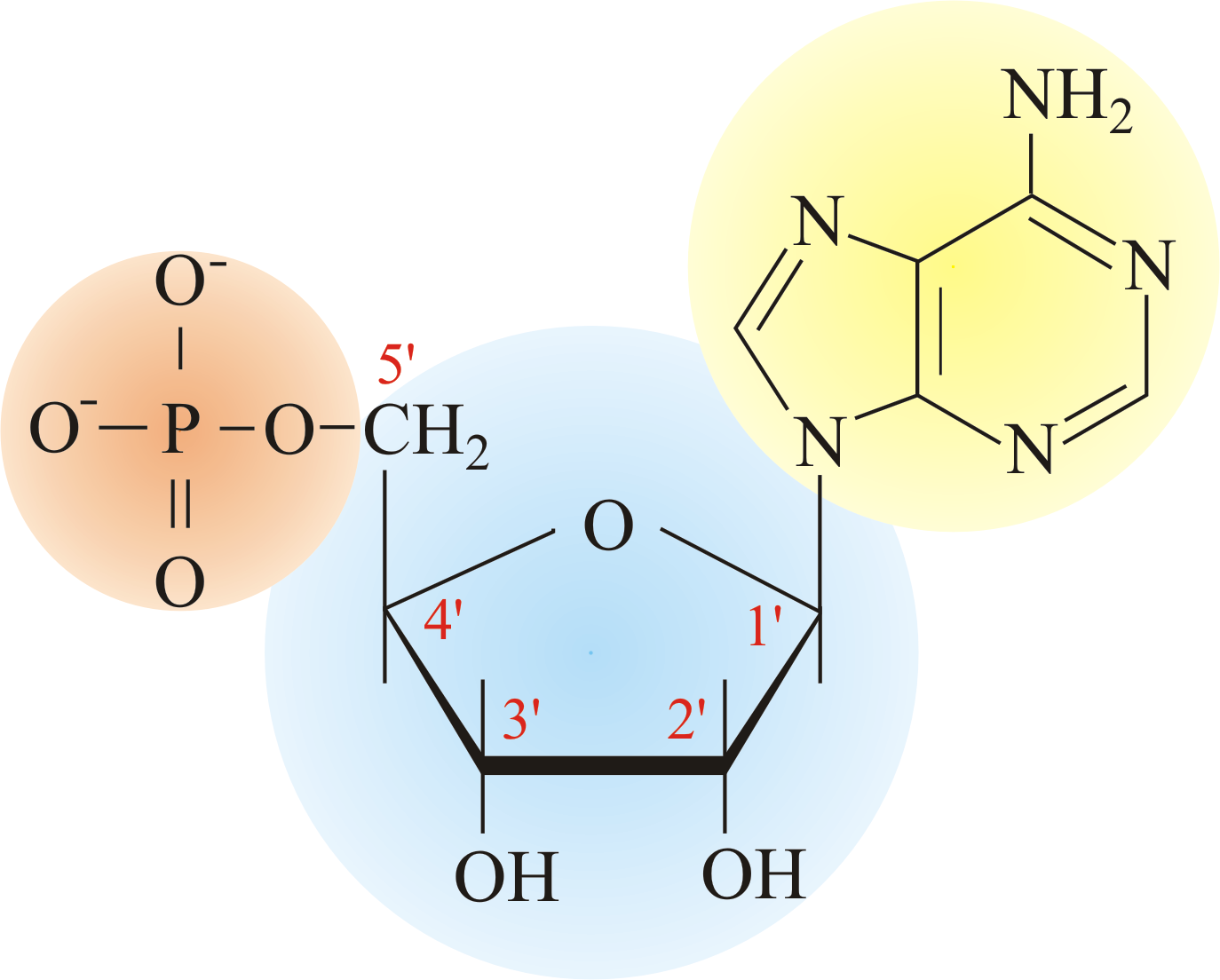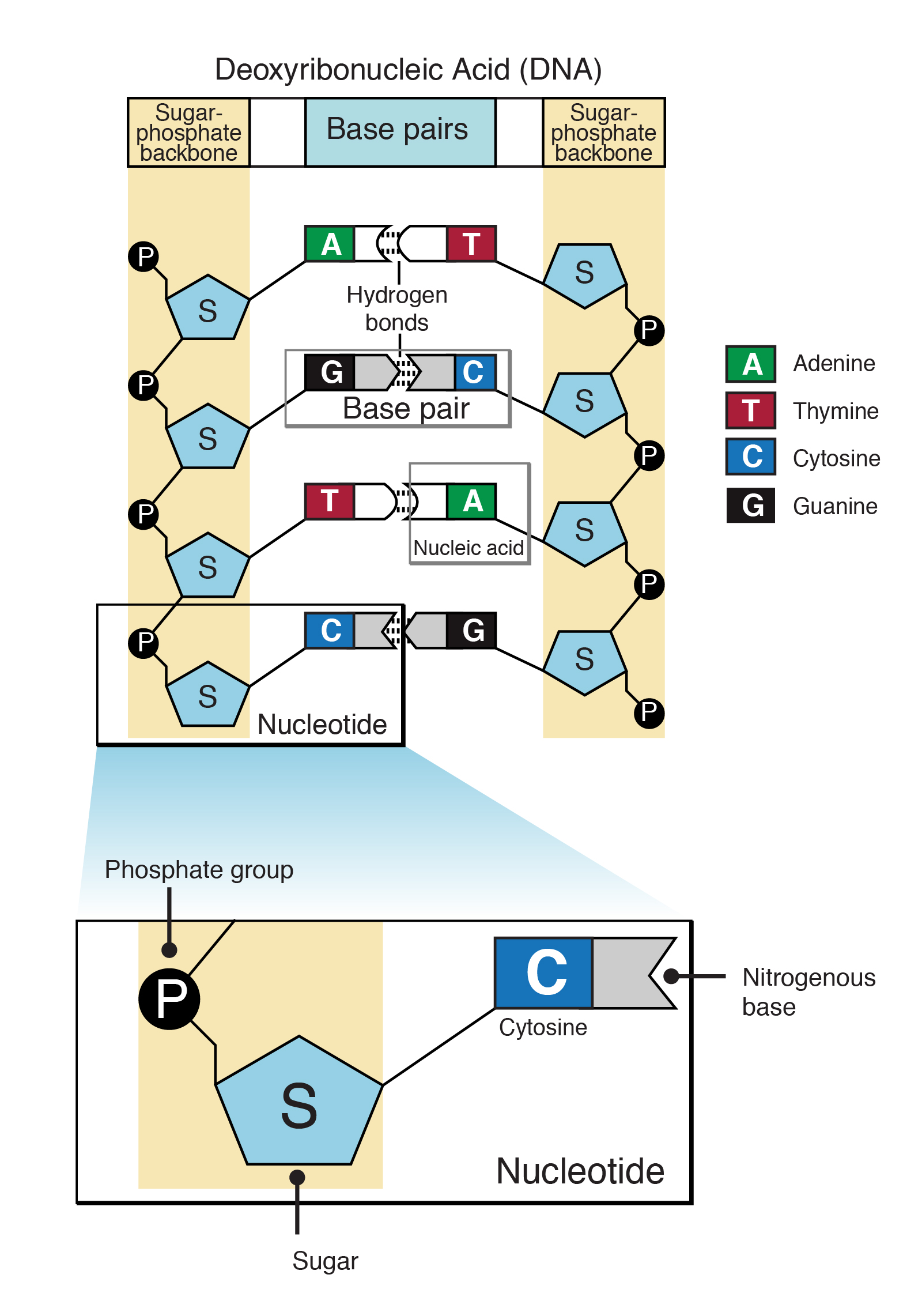Drawing Of Nucleotide
Drawing Of Nucleotide - Web nucleic acids, crucial macromolecules for life, were first discovered in cell nuclei and exhibit acidic properties. In dna, each nucleotide is made up of three parts: The bases, adenine, thymine, cytosine, and guanine, pair up through hydrogen bonds, creating the rungs of the dna ladder. Web nucleotides dna and rna are polymers (in the case of dna, often very long polymers), and are made up of monomers known as nucleotides. Each nitrogenous base in a nucleotide is attached to a sugar molecule, which is attached to one or more phosphate groups. If you enjoy them, please help me make more: The bases used in dna are adenine (a), cytosine (c), guanine (g) and thymine (t). Web all four nucleotides (a, t, g and c) are made by sticking a phosphate group and a nucleobase to a sugar. Web a nucleotide is the basic building block of nucleic acids (rna and dna). In order to discuss this important group of molecules, it is necessary to define some terms. The building blocks of nucleic acids are nucleotides. Nucleotides are essential for carrying out metabolic and physiological activities. Web .more this video will be very useful for students to draw the nucleotides in a dna very easily.thanks for watching and please subscribe to the channel for drawing. Web nucleotides are composed of three subunit molecules: Each nucleotide is made up. Nucleotides that compose dna are called deoxyribonucleotides. These polymers have a backbone of alternating ribose and phosphate groups, with nitrogenous bases forming ladder rungs. Ribose has a hydroxyl group at the 2' carbon, unlike deoxyribose, which has only a hydrogen atom ( figure 9.5 ). Dna uses four kinds of nitrogenous bases: Web nucleic acids, crucial macromolecules for life, were. Web a nucleotide is an organic molecule with a basic composition of a nitrogenous base, pentose sugar and phosphate. Dna and rna, composed of nucleotide building blocks, store hereditary information. Dna and rna are polynucleotides, which contain a chain of nucleotides monomers with different nitrogenous bases. Web nucleic acids, crucial macromolecules for life, were first discovered in cell nuclei and. Dna and rna, composed of nucleotide building blocks, store hereditary information. Dna and rna are polynucleotides, which contain a chain of nucleotides monomers with different nitrogenous bases. In rna, the base uracil (u) takes. The building blocks of nucleic acids are nucleotides. This instructional video outlines the external and internal. Web draw the general structure of a nucleotide and a nucleoside. The four nucleobases in dna are guanine, adenine, cytosine and thymine; A nucleotide has three parts: Each nucleotide is made up of three components: A dna molecule is composed of two strands. Dna and rna, composed of nucleotide building blocks, store hereditary information. In rna, the base uracil (u) takes. Phosphate, deoxyribose sugar, and a nitrogen base. Web please support the channelmy videos are funded by people like you. Each nitrogenous base in a nucleotide is attached to a sugar molecule, which is attached to one or more phosphate groups. There are four different nucleotides that make up a dna molecule, each differing only in the type of nitrogenous base. Nucleotides also are used for cell signaling and to transport energy throughout cells. A nucleotide is made up of three parts: Ribose has a hydroxyl group at the 2' carbon, unlike deoxyribose, which has only a hydrogen atom ( figure. Nucleotides contain a phosphate group, deoxyribose sugar, and a nitrogenous base. Indicate the nitrogen atom by which a given purine or pyrimidine base attaches to the sugar component in nucleotides and nucleosides. Dna and rna, composed of nucleotide building blocks, store hereditary information. Web dna, short for deoxyribonucleic acid, consists of nucleotides forming a double helix structure. Web a nucleotide. Nucleotides contain three primary structural components. Web the nucleotides combine with each other to form a polynucleotide, dna or rna. Dna and rna are polynucleotides, which contain a chain of nucleotides monomers with different nitrogenous bases. Nucleotides contain a phosphate group, deoxyribose sugar, and a nitrogenous base. Web the above structure is a nucleotide. Dna uses four kinds of nitrogenous bases: Web draw the general structure of a nucleotide and a nucleoside. Web .more this video will be very useful for students to draw the nucleotides in a dna very easily.thanks for watching and please subscribe to the channel for drawing. The bases, adenine, thymine, cytosine, and guanine, pair up through hydrogen bonds, creating. Web the nucleotides combine with each other to form a polynucleotide, dna or rna. Web the term nucleotide refers to the building blocks of both dna (deoxyribonucleoside triphosphates, dntps) and rna (ribonucleoside triphosphates, ntps). A nucleotide has three parts: Dna uses four kinds of nitrogenous bases: Web a nucleotide is an organic molecule with a basic composition of a nitrogenous base, pentose sugar and phosphate. A dna molecule is composed of two strands. Each nitrogenous base in a nucleotide is attached to a sugar molecule, which is attached to one or more phosphate groups. If you enjoy them, please help me make more: There are four different nucleotides that make up a dna molecule, each differing only in the type of nitrogenous base. Nucleotides contain a phosphate group, deoxyribose sugar, and a nitrogenous base. Each nucleotide is made up of three components: Ribose has a hydroxyl group at the 2' carbon, unlike deoxyribose, which has only a hydrogen atom ( figure 9.5 ). Web the final nucleotide has a free oh group on the 3′ carbon atom and is called the 3′ end. You may be asked to name the three parts of a nucleotide and explain how they are connected or bonded to each other. Phosphate, deoxyribose sugar, and a nitrogen base. The bases, adenine, thymine, cytosine, and guanine, pair up through hydrogen bonds, creating the rungs of the dna ladder./Nucleotide-58e518d35f9b58ef7e62834d.jpg)
3 Parts of a Nucleotide and How They Are Connected

What is Three Parts of Nucleotide

Diagram Of Two Nucleotide Base Pairs In A Segment Of A Dna Molecule
/what-are-the-parts-of-nucleotide-606385-FINAL-5b76fa94c9e77c0025543061.png)
Draw And Label The Three Parts Of A Nucleotide Pensandpieces

Nucleotide Chemistry Dictionary & Glossary

What Are the Three Parts of a Nucleotide?
:max_bytes(150000):strip_icc()/nucleotide_base-5b6335bdc9e77c002570743e.jpg)
Draw And Label The Three Parts Of A Nucleotide Pensandpieces

Draw And Label The Three Parts Of A Nucleotide Pensandpieces

Illustrated Glossary of Organic Chemistry Nucleotide

What Are the Three Parts of a Nucleotide?
The Bases Used In Dna Are Adenine (A), Cytosine (C), Guanine (G) And Thymine (T).
Web A Nucleotide Is The Basic Building Block Of Nucleic Acids (Rna And Dna).
Indicate The Nitrogen Atom By Which A Given Purine Or Pyrimidine Base Attaches To The Sugar Component In Nucleotides And Nucleosides.
The Four Nucleobases In Dna Are Guanine, Adenine, Cytosine And Thymine;
Related Post: